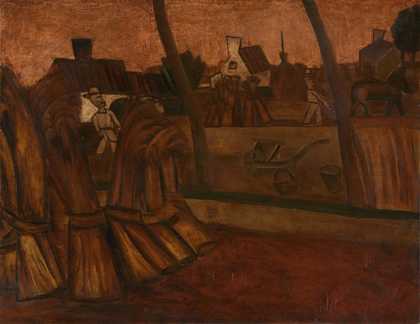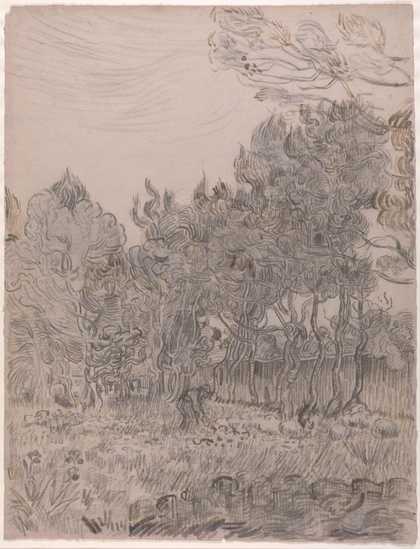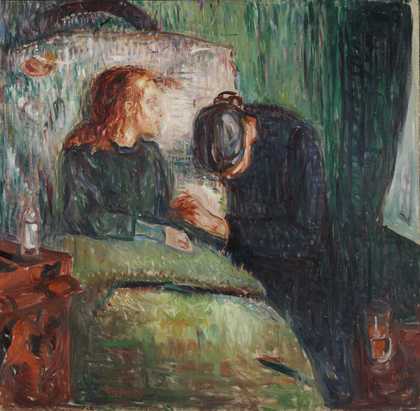If Munch and van Gogh were the leading figures in the first modern phase of expressionism, Permeke must certainly be counted as one of the greatest figures in the second wave which appeared about 1905 with the creation of the Brücke group in Germany. One of the founders of Flemish expressionism, he puts us in his debt by sparing us the usual display of suffering and despair and conveying rather a sense of immense physical gusto and a rich plebeian vitality which is reflected in his elemental vision of man and the earthy colours and heavy tones of his painting. His weightiness is entirely in accord with the slow movement of the countryside and its peasantry.
Neither the Cubist movement nor the other stylistic experiments of the French school interested Permeke. He was too spontaneous an artist to be occupied with the structural problems in painting. Principles of form and composition, in his eyes, were not valuable in themselves. Painting and drawing were only means subordinated to the lyrical message which he wished to convey in his pictures.



